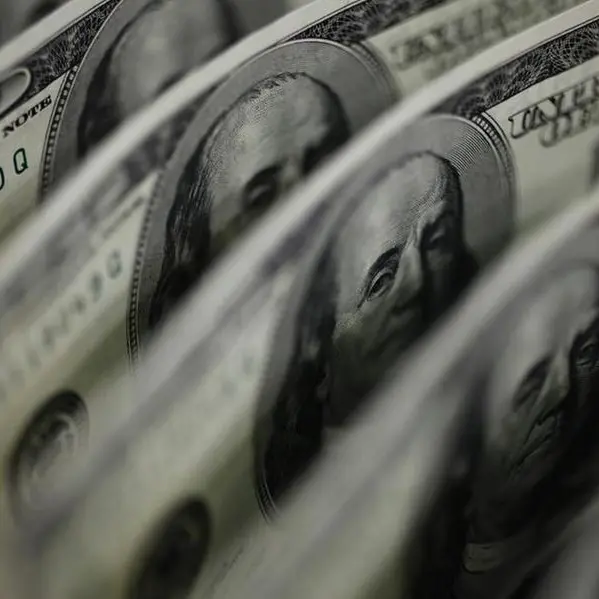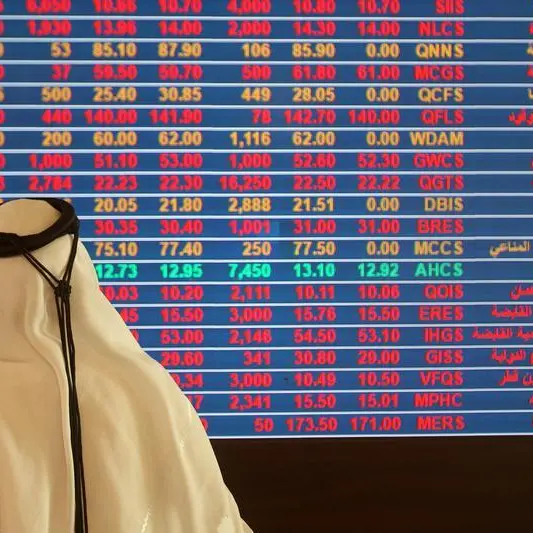April 12 - Welcome to the home for real-time coverage of markets brought to you by Reuters reporters. You can share your thoughts with us at markets.research@thomsonreuters.com
MAJOR U.S. INDEXES SAG, BUT FANGS STILL STREAK (0951 EDT/1351 GMT)
Major U.S. indexes are lower in early trading on Monday. This as the market braces for more data on inflation with the release of CPI on Tuesday, as well as the kick-off of Q1 earnings season with big banks starting to report on Wednesday.
Despite just modest losses for the Dow .DJI , and S&P 500 and the Nasdaq down around 0.7%, the NYSE FANG+TM index is slightly green, and attempting to rise for an 11th-straight day.
If it does, this index would match its record-run of 11-straight higher daily closes that occurred from February 1 to February 16 of this year. Of note, NYFANG topped on February 16 and collapsed more than 17% into its early March trough.
Here is where markets stand in early U.S. trading:
(Terence Gabriel)
*****
S&P 500: FRACTURED FOUNDATION (0900 EDT/1300 GMT)
The S&P 500 index closed at a record high on Friday. With this, however, a contrarian measure of sentiment, based on the CBOE equity put/call (P/C) ratio, is exhibiting a pattern that has preceded periods of market instability:
Last week, the 5-day moving average of the P/C ratio once again flirted with its lows since June of last year. This measure's low readings can flag an excessively bullish, or especially complacent market, vulnerable to a reversal.
That said, what may be a more robust bearish signal is when the moving average makes a higher-low, against a higher SPX closing high. This pattern developed ahead of declines of varying degree over the last two years or so, including the severe sell-offs in late 2018 and early 2020.
In the wake of its 37.6% December 7 trough, which was its lowest reading since around the time of the Y2K tech-bubble peak, the measure has put in higher lows at 37.8% on January 14, and 38.4% on February 11, and 41% on April 6. It has now risen to 46.6%.
Thus, this measure may be signaling cracks are forming in what has been solidly bullish sentiment. If so, instability may be just around the corner.
Meanwhile, in another sign of potential complacency, on Friday, the CBOE Volatility Index .VIX reached its lowest close since February 20, 2020. The SPX topped on February 19, and ultimately collapsed more than 30% into its March 2020 trough.
(Terence Gabriel)
(Terence Gabriel is a Reuters market analyst. The views expressed are his own)











